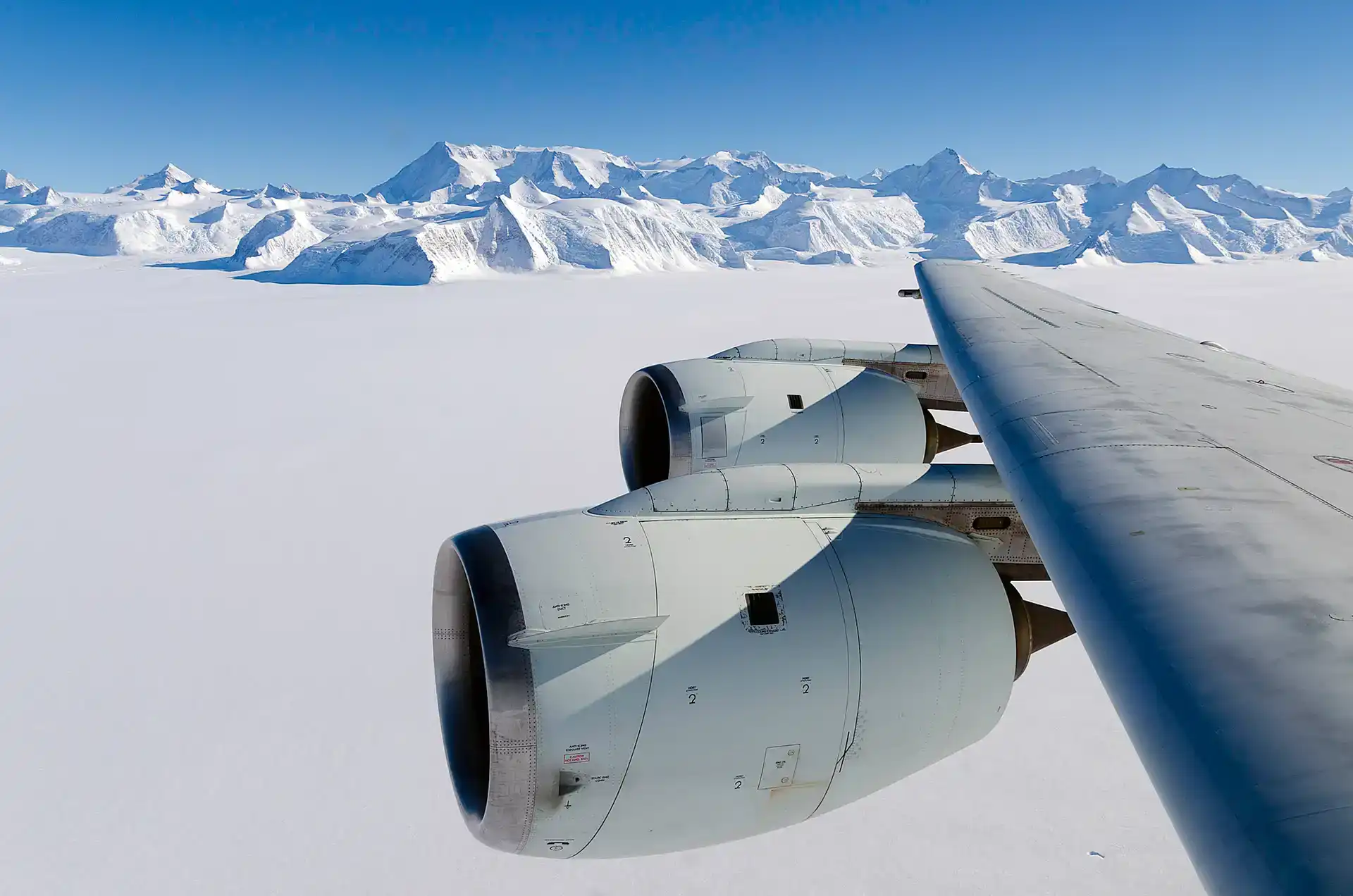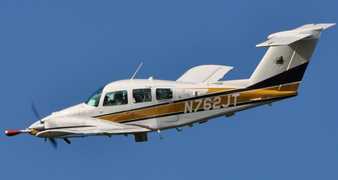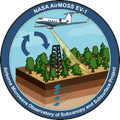The Best Air Turbulence (BAT) probe is an in-situ airborne wind sensor developed by NOAA. It is mounted on the front of an aircraft to provide high-frequency wind measurements. The BAT probe measures wind speed and direction relative to the aircraft, while a GPS and accelerometers measure the aircraft’s velocity relative to the Earth. These data are combined to determine atmospheric pressure, temperature, and wind at a sampling rate of 10 Hz. The BAT probe is usually mounted on aircraft but can also be deployed on ships and vehicles.

Instrument Details
- Wind/Current
- Earth Science > Atmosphere > Atmospheric Winds > Upper Level WindsEarth Science > Atmosphere > Atmospheric Winds > Wind DynamicsEarth Science > Atmosphere > Atmospheric PressureEarth Science > Atmosphere > Atmospheric Winds > Wind Dynamics > TurbulenceEarth Science > Atmosphere > Atmospheric TemperatureEarth Science > Atmosphere > Atmospheric Winds > Upper Level Winds > Wind SpeedEarth Science > Atmosphere > Atmospheric Winds > Upper Level Winds > Wind DirectionEarth Science > Atmosphere > Atmospheric Winds
- Boundary Layer, Troposphere
- 10 Hz
- N/A
- N/A
- https://doi.org/10.1175/JTECH1940.1
Paul B. Shepson, Timothy Crawford
Paul B. Shepson
NOAA
Currently unavailable
Currently unavailable
 Beechcraft Model 76 Duchess 3 Campaigns · 8 Instruments |  Airborne Microwave Observatory of Subcanopy and Subsurface 2012—2015 North America 40 Deployments · 18 Data Products
BROMEX Bromine, Ozone, and Mercury Experiment 2012 Barrow, Alaska, Beaufort Sea, Chukchi Sea 1 Deployment · 0 Data Products
|